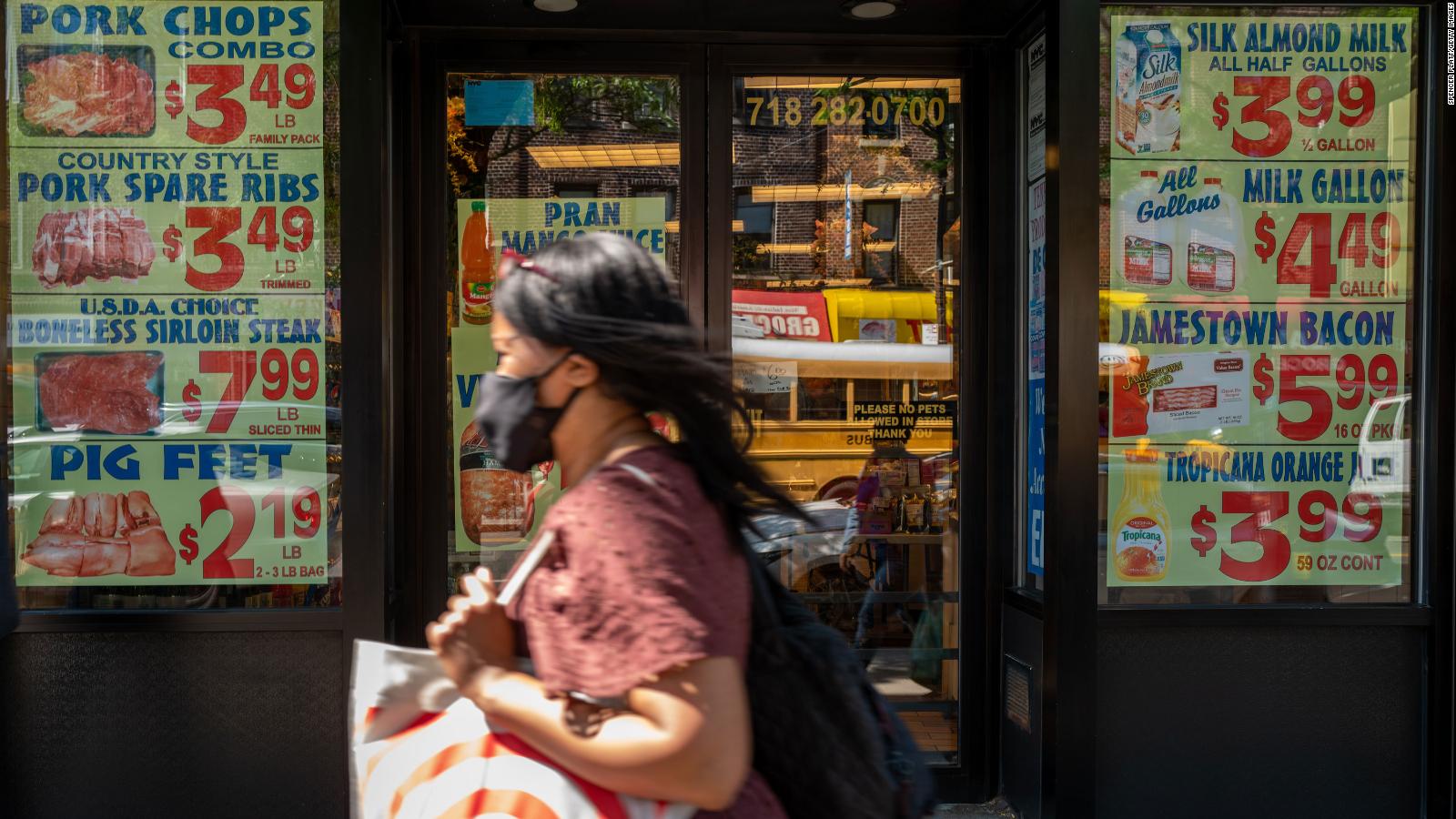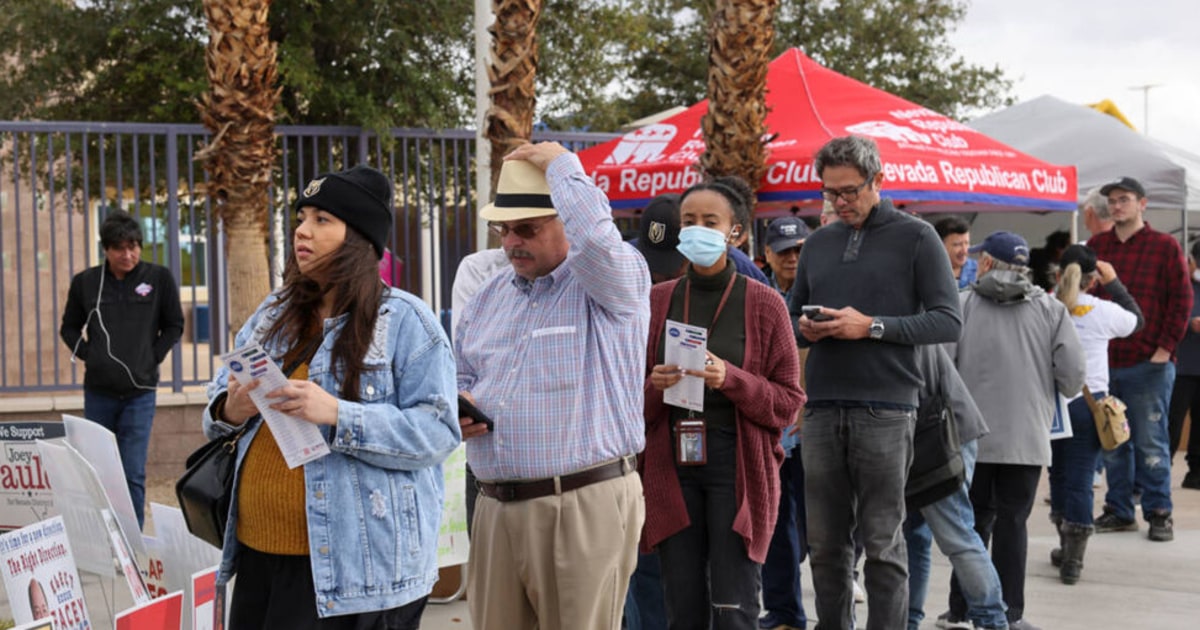Inflation in the US reaches the food stalls 3:29
New York (CNN Business) --
Large numbers of people in the United States are struggling to cope with higher prices for food, gas, rent and other essentials.
But inflation has taken its toll on certain segments of the population even more.
The black and Hispanic population in the US has been struggling with inflation rates higher than the national average since prices began to rise in March 2021, according to recent analysis by the Federal Reserve Bank of New York.
This marks a change from the pre-pandemic period, when inflation rates for black and Hispanic Americans were at or slightly below the national average.
To determine the different rates of inflation among demographic groups, researchers at the New York Federal Reserve used the Bureau of Labor Statistics Survey of Consumer Spending to see how different racial and ethnic groups spend their money.
They also took into account the price increases of the different goods and services.
Americans cope with inflation by spending less on gas, buying lots of frozen pizza and cheap coffee.
For example, Hispanics and blacks in the US spend relatively more on transportation, including gasoline and used cars, categories where prices have skyrocketed, and relatively less on leisure and health care than whites and Asians, according to the researchers.
Prices for most goods have soared in recent months due to supply chain constraints related to the pandemic and the fallout from the Russian invasion of Ukraine.
Inflation is rising at its fastest rate in 40 years.
The annual inflation rate for the main consumer categories tracked by the New York Fed was 9.2% in May, slightly higher than the 8.6% reading for the Consumer Price Index commonly used.
advertising
However, adjusted for spending levels, the inflation rate for Hispanics was about 0.6 percentage point higher than the overall rate constructed by the researchers.
For black people, it was about 0.2 percentage point higher.
The rate for the white population was very close to the overall rate constructed by the Federal Reserve, while the rate for the Asian population was about 0.5 percentage point lower.
Notably, these spreads are more than double what they were in 2019, although at that time the Black and Hispanic population experienced slightly lower inflation than the national average and the Asian population slightly higher.
However, the current inflation disparities between different demographic groups are probably even larger than the analysis found, according to the researchers.
Different groups are likely to pay different prices for the same items, with Blacks and Hispanics facing higher price growth.
A key gauge of US inflation held steady in May
Employment tells a different story
Blacks and Hispanics have fared better when it comes to job recovery from the pandemic-driven economic downturn in the spring of 2020, according to earlier analysis by the New York Fed.
That study focused on the employment-to-population ratio, which examines the proportion of those who work compared to the total number of people, for the 25-54 age group.
When covid-19 hit the economy, black and Hispanic people lost their jobs in greater numbers.
This widened the employment rate gap to 6 percentage points or more for both groups, compared to the average American.
In contrast, in February 2020, the difference was 4.4 percentage points for blacks and 2.3 percentage points for Hispanics, according to the analysis.
Biden considers lifting tariffs imposed during the Trump administration to curb inflation.
This is how the measure could affect you
But in May 2022, the difference for blacks was 3.3 percentage points, less than it was before the pandemic.
For Hispanics, the differential was 2.6 percentage points, just above its pre-pandemic level.
This contrasts with the recovery of the labor market after the Great Recession.
It took nearly a decade for employment rates to return to their pre-recession peak, both on average and for black and Hispanic people.
The researchers did not delve into the reasons why the employment rate gap narrowed so quickly in the current recovery.
But the labor market has been very tight, which has made it easier for many people to find work.
Hispanics in the United StatesInflation in the United States


/cloudfront-eu-central-1.images.arcpublishing.com/prisa/JHLX47SHC5CTZBAKK7AZFYX7WY.jpg)




